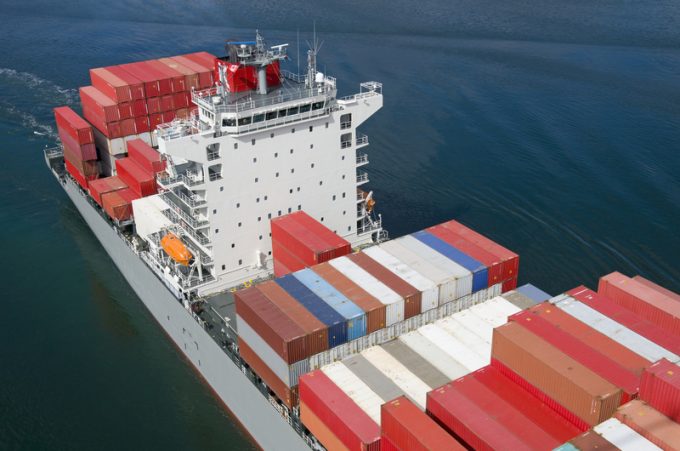HMM hits choppier economic waters in Q2 as rates fall amid global tension
South Korean shipping line HMM has reported a profitable first half of the year, “despite ...

Boxship charters could get a real boost from the US east coast’s biggest port strike in half a century, a perfect storm in which idle tonnage remains below even Covid levels.
Data from an Alphaliner survey conducted at the end of September ...

Comment on this article